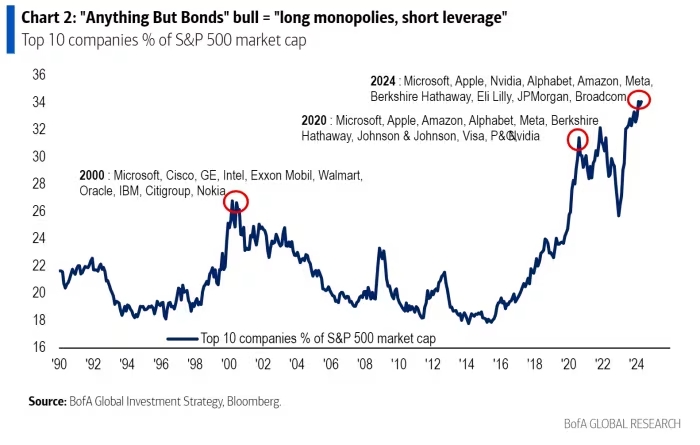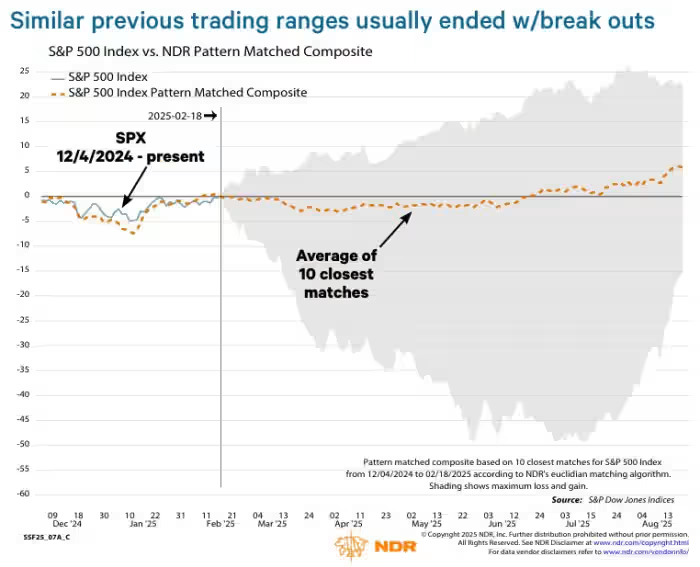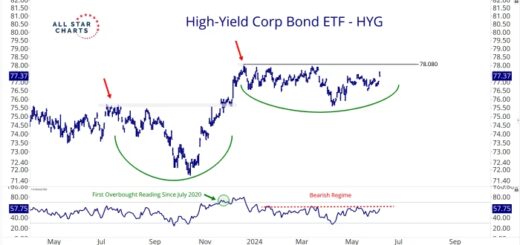Bank of America’s Report: Main Street’s Savings Dilemma, Wall Street’s Avoidance of Shorting in ‘Anything But Bonds’ Era
Over the past twelve months, the U.S. government has injected a staggering $6.2 trillion into various sectors, catching the attention of investors. Bank of America’s strategists, led by Michael Hartnett, suggest that this surge in fiscal spending signals a path devoid of fiscal restraint, potentially leading to inflation and a prolonged downturn in bond markets.
Consequently, investors are turning away from bonds in search of alternative investment avenues.
This influx of government funds, buoyed by pandemic relief measures, energy incentives, financial sector bailouts, and even student debt forgiveness, has reshaped the attitudes of both Main Street and Wall Street. Ordinary citizens are questioning the need for saving in the face of such abundant government support, while investors are cautious about betting against the seemingly unstoppable flow of government intervention and monetary stimulus.
This shift in sentiment is mirrored in the surging values of the U.S. dollar and assets like gold and cryptocurrencies, which have reached unprecedented heights. Bank of America attributes this trend to a decline in trust in traditional institutions. However, they caution that the Federal Reserve’s recent indication of potential interest rate cuts may exacerbate asset inflation, making policy adjustments challenging.

This skepticism towards bonds has led to a preference for what Bank of America terms “long monopolies, short leverage,” with a few dominant mega-corporations commanding a significant portion of market capitalization. This trend is observable not only in the S&P 500 but also globally. Bank of America predicts that this pattern will persist until real yields meet a certain threshold or until economic conditions prompt a shift.
They envision two scenarios emerging from this environment: a positive one driven by robust economic expansion, benefiting cyclical stocks, and a negative one characterized by escalating inflation, increased volatility, and a flight to tangible assets like cash, gold, and commodities.




